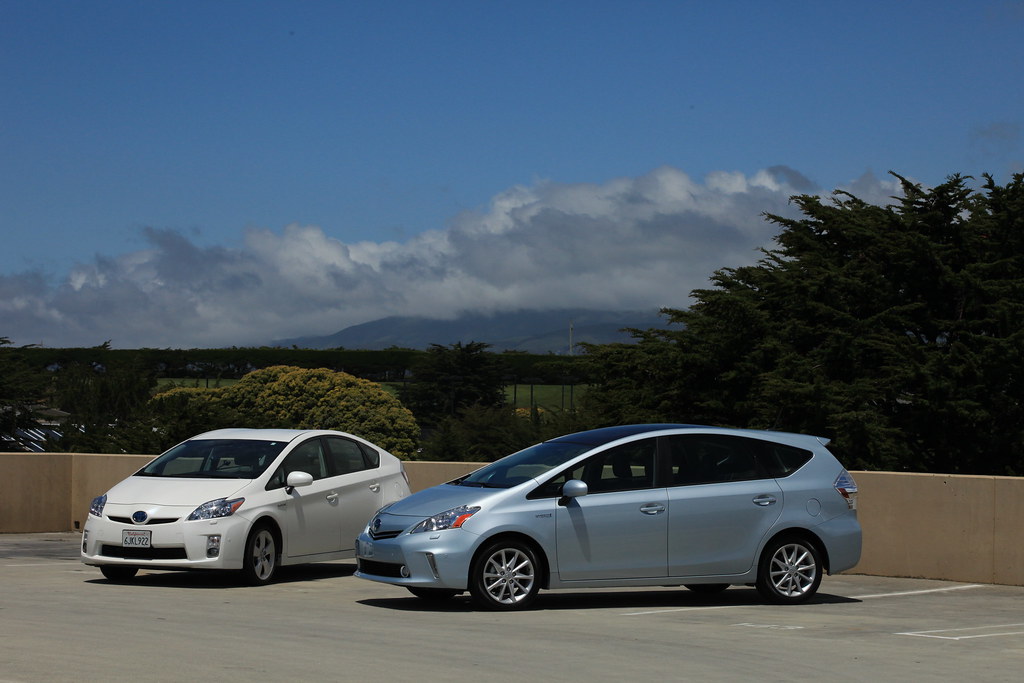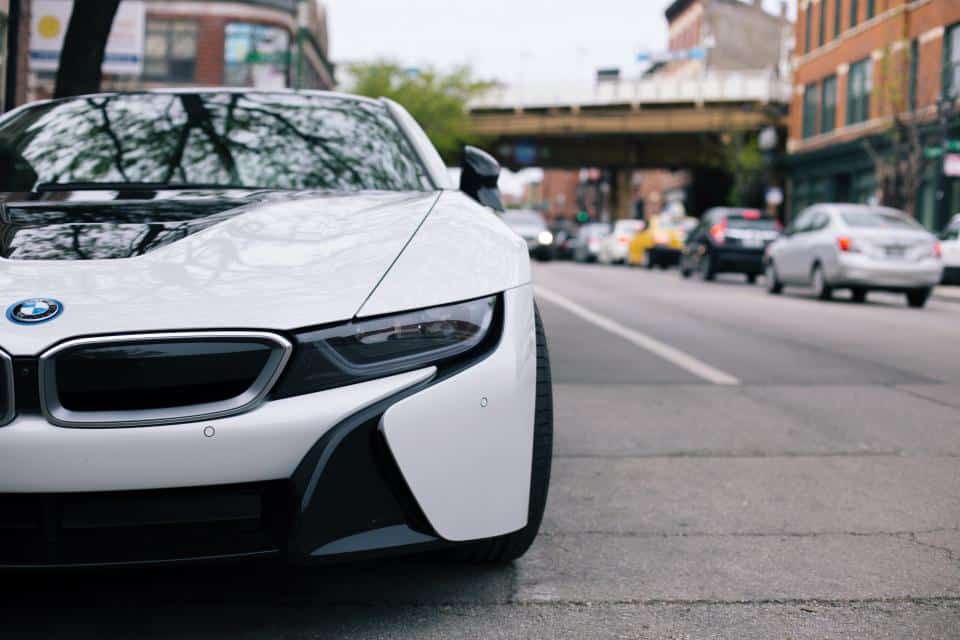As more drivers make the shift toward eco-friendly transportation, two types of vehicles have entered the spotlight: hybrids and plug-in hybrids. They may sound similar—and they are in some ways—but the differences between them can significantly impact your driving habits, budget, and environmental footprint.
In this post, we’ll break down everything you need to know about hybrids vs. plug-in hybrids, including how they work, what sets them apart, their pros and cons, and how to decide which one fits your lifestyle best.
🔋 What Is a Hybrid?

A hybrid vehicle (commonly called an HEV) combines a traditional internal combustion engine with an electric motor and a small battery pack. The key feature is that you don’t plug it in—the battery charges itself while you drive through a process called regenerative braking and assistance from the gas engine.
Popular hybrids include:
- Toyota Prius
- Honda Accord Hybrid
- Hyundai Elantra Hybrid
🔌 What Is a Plug-In Hybrid?

A plug-in hybrid electric vehicle (PHEV) also combines gas and electric power, but it comes with a larger battery and can be plugged in to charge. This allows it to drive solely on electricity for a certain distance—usually between 20 to 50 miles, depending on the model—before switching to gasoline like a regular hybrid.
Popular plug-in hybrids include:
- Toyota RAV4 Prime
- Ford Escape Plug-In Hybrid
- Hyundai Tucson Plug-In Hybrid
- Kia Niro PHEV
⚙️ Key Differences at a Glance
| Feature | Hybrid (HEV) | Plug-In Hybrid (PHEV) |
|---|---|---|
| Plug-in required? | No | Yes |
| All-electric range | None or minimal | 20–50 miles |
| Battery size | Small | Larger |
| Cost | Lower | Higher (but tax incentives may apply) |
| Best for | City + highway driving | Short commutes, daily EV use |
💰 Cost and Incentives
- Hybrids tend to cost $2,000–$4,000 less than their plug-in counterparts.
- Plug-in hybrids often qualify for federal tax credits (up to $7,500 depending on battery size) and state rebates, which can narrow or even eliminate the price gap.
- Keep in mind that charging a PHEV at home costs significantly less than gasoline over time—especially if you have solar power or off-peak electric rates.
⛽ Fuel Efficiency and Savings
Hybrid:
- Gets 40–60 MPG, depending on model and driving style.
- Great for stop-and-go city traffic, where regenerative braking recharges the battery more frequently.
- Runs on gas most of the time but with electric assist.
Plug-In Hybrid:
- First 20–50 miles = 100% electric, with no gas used at all.
- After that, it functions like a hybrid.
- If your daily commute is under the electric range, you might rarely use gas.
Verdict: If your trips are mostly short or you can charge at home/work, a PHEV can drastically reduce fuel costs.
⚡ Charging: What You Need to Know
- Hybrids don’t need charging. The gas engine and regenerative braking do the work.
- Plug-in hybrids can be charged via:
- Standard 120V wall outlet (Level 1): 8–12 hours
- 240V home charger (Level 2): 2–4 hours
No special setup is required for Level 1 charging—just plug it into a regular outlet overnight.
🌱 Environmental Impact
Both vehicle types reduce emissions compared to traditional gas-only cars. But:
- Hybrids cut fuel use and emissions by about 20–30%
- Plug-in hybrids, when driven mostly on electricity, can slash emissions by up to 60–80%
If you’re trying to lower your carbon footprint and can plug in regularly, the PHEV wins hands-down.
🛠️ Maintenance Considerations
- Both HEVs and PHEVs typically require less maintenance than traditional gas vehicles due to regenerative braking and reduced engine wear.
- PHEVs may need battery service or replacement over long-term ownership, though most are warrantied for 8–10 years.
- Neither type has the complexity of a full EV, making them a solid middle ground.
🚘 Real-World Example: Toyota Prius vs Prius Prime
| Feature | Prius (Hybrid) | Prius Prime (Plug-In Hybrid) |
|---|---|---|
| MPG (Gas only) | 57 city / 56 hwy | 55 city / 53 hwy |
| Electric range | None | Up to 44 miles |
| Price (Starting) | $27,000 | $32,350 (but eligible for tax credit) |
| Best use case | Commuters, city drivers | People with access to daily charging |
✅ Which One Should You Choose?
Choose a hybrid if:
- You don’t want to bother with charging
- You do a lot of highway or long-distance driving
- You want to keep upfront costs lower
- You live in an apartment or don’t have reliable access to a charger
Choose a plug-in hybrid if:
- You can charge at home or work
- Your daily drive is under 40 miles
- You want the flexibility of gas backup with the fuel savings of EV
- You want to qualify for tax credits or state rebates
🧠 FAQs
1. Do plug-in hybrids still need gas?
Yes. If the electric range runs out, the car will automatically switch to the gas engine—just like a traditional hybrid.
2. Can I drive a plug-in hybrid without ever charging it?
You can, but you’ll lose the fuel-saving benefits of the electric range and essentially be driving a heavier hybrid. It’s best to charge regularly.
3. Which has better resale value?
Hybrids tend to have more consistent resale value due to their widespread adoption and lower cost. However, PHEVs can retain strong value if the battery remains healthy and incentives apply.
🔚 Final Thoughts
Hybrid and plug-in hybrid vehicles both offer a smarter, cleaner, and more fuel-efficient way to drive. Choosing between them really comes down to how you drive and whether you can plug in.
If you’re commuting daily and have access to charging, a plug-in hybrid is the perfect middle step toward full EV ownership. If you want simple efficiency without changing your habits, a traditional hybrid is still one of the smartest buys on the road.

Either way, you’re making a move toward a greener, more efficient future—and that’s something every driver can feel good about.
Let’s Talk Cars
Have a question? A suggestion? Just want to say hi?
You’re in the right place.
Use the form below to reach out to the AutoSpecs Daily team. We're happy to hear from readers, car lovers, first-time buyers, and anyone who's got something to share.
What can you contact us about?
- Feedback on one of our articles
- Ideas for new topics you'd like us to cover
- Questions about cars, gear, or general auto advice
- Media, partnership, or brand inquiries
- Anything else that's on your mind
We check every message that comes through and do our best to respond within 2 to 3 business days.
We don’t list an email address here to avoid spam, but the contact form is the best and fastest way to reach us.
Thanks for stopping by. We're glad you're here.

